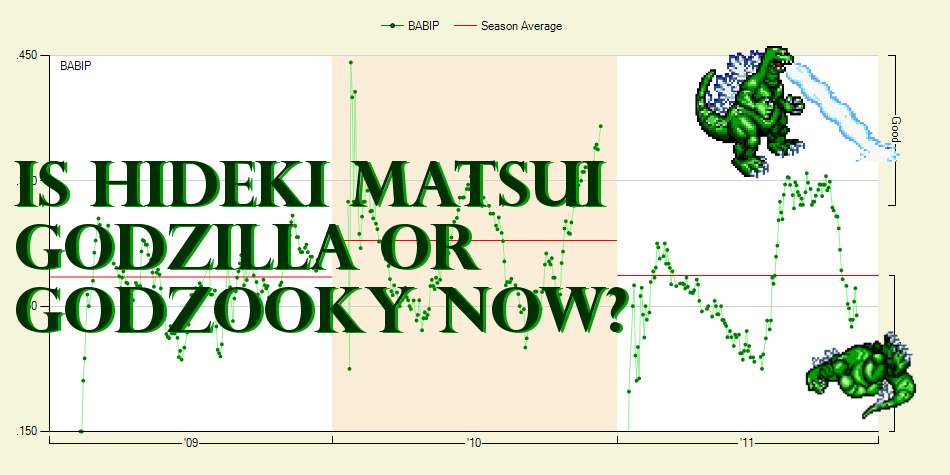- 10,371
- 653
- Joined
- Jan 3, 2011
Sanchez is headed to Cleveland if they sign Pujols.
Book it.
Book it.
Follow along with the video below to see how to install our site as a web app on your home screen.

Note: this_feature_currently_requires_accessing_site_using_safari
Originally Posted by Periwinkle
Marlins are going to be stacked if they get Pujols. Reyes, Ramirez, Stanton, Pujols, Sanchez, Bonifacioall that speed and power.
Originally Posted by Periwinkle
Marlins are going to be stacked if they get Pujols. Reyes, Ramirez, Stanton, Pujols, Sanchez, Bonifacioall that speed and power.
JCRMarlinsbeat Juan C. Rodriguez
Loria, Samson, Beinfest, Hill heading upstairs for meeting. Pujols situation could crystallize soon.
10 years and "over $200 million" is the offer from Miami.
Sergio Santos for Nestor Molina is an interesting trade.
JCRMarlinsbeat Juan C. Rodriguez
Loria, Samson, Beinfest, Hill heading upstairs for meeting. Pujols situation could crystallize soon.
10 years and "over $200 million" is the offer from Miami.
Sergio Santos for Nestor Molina is an interesting trade.

